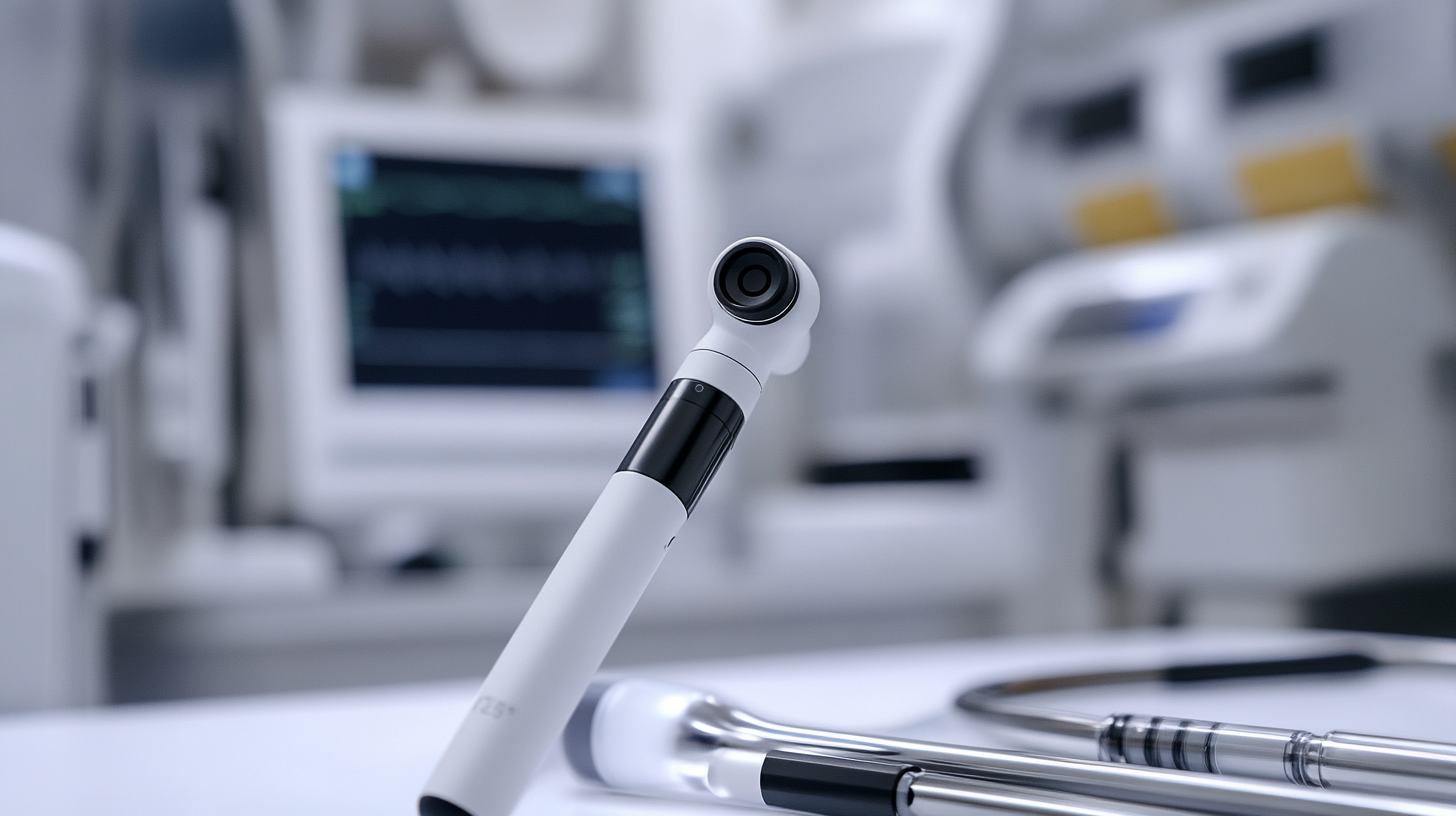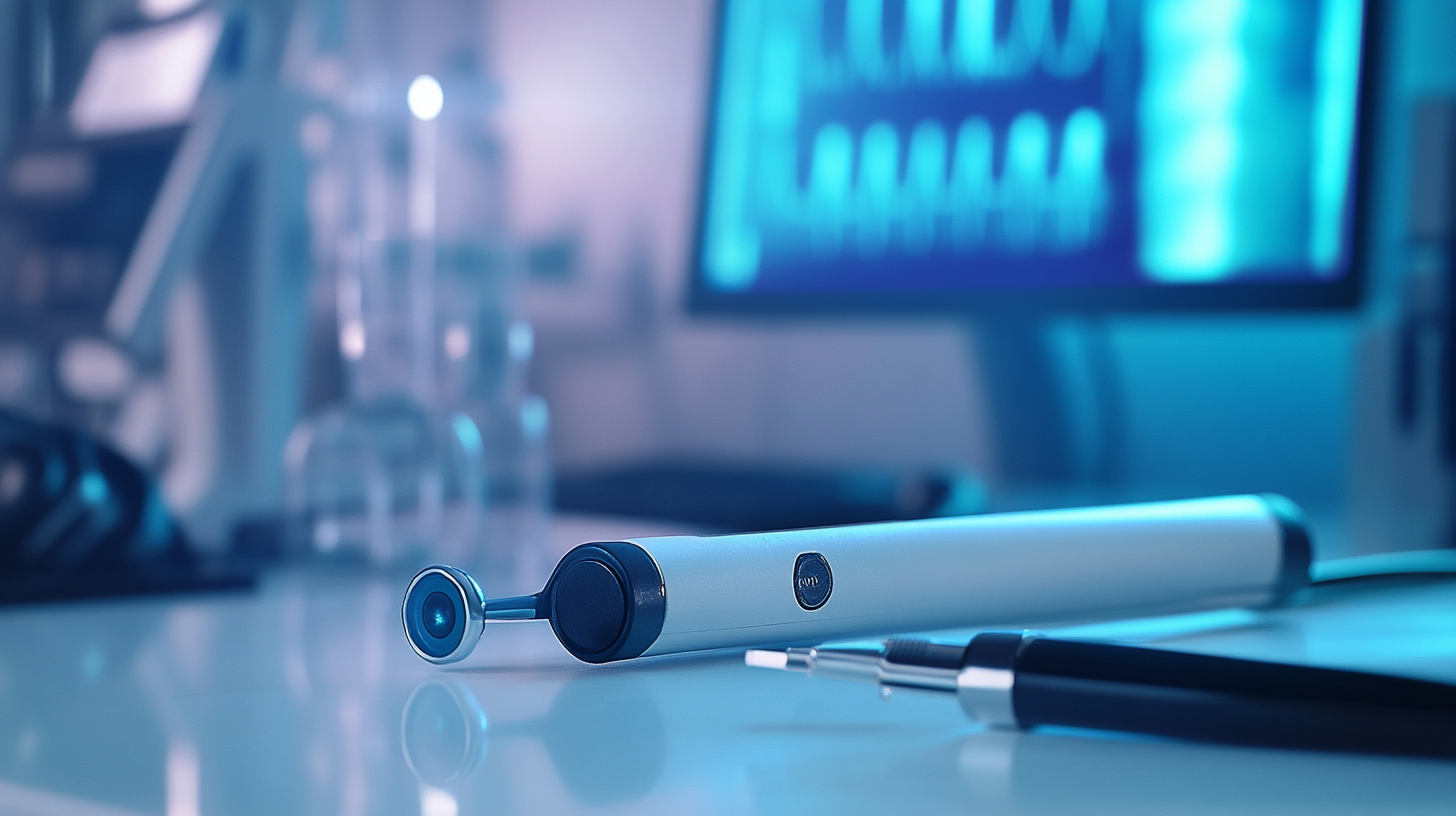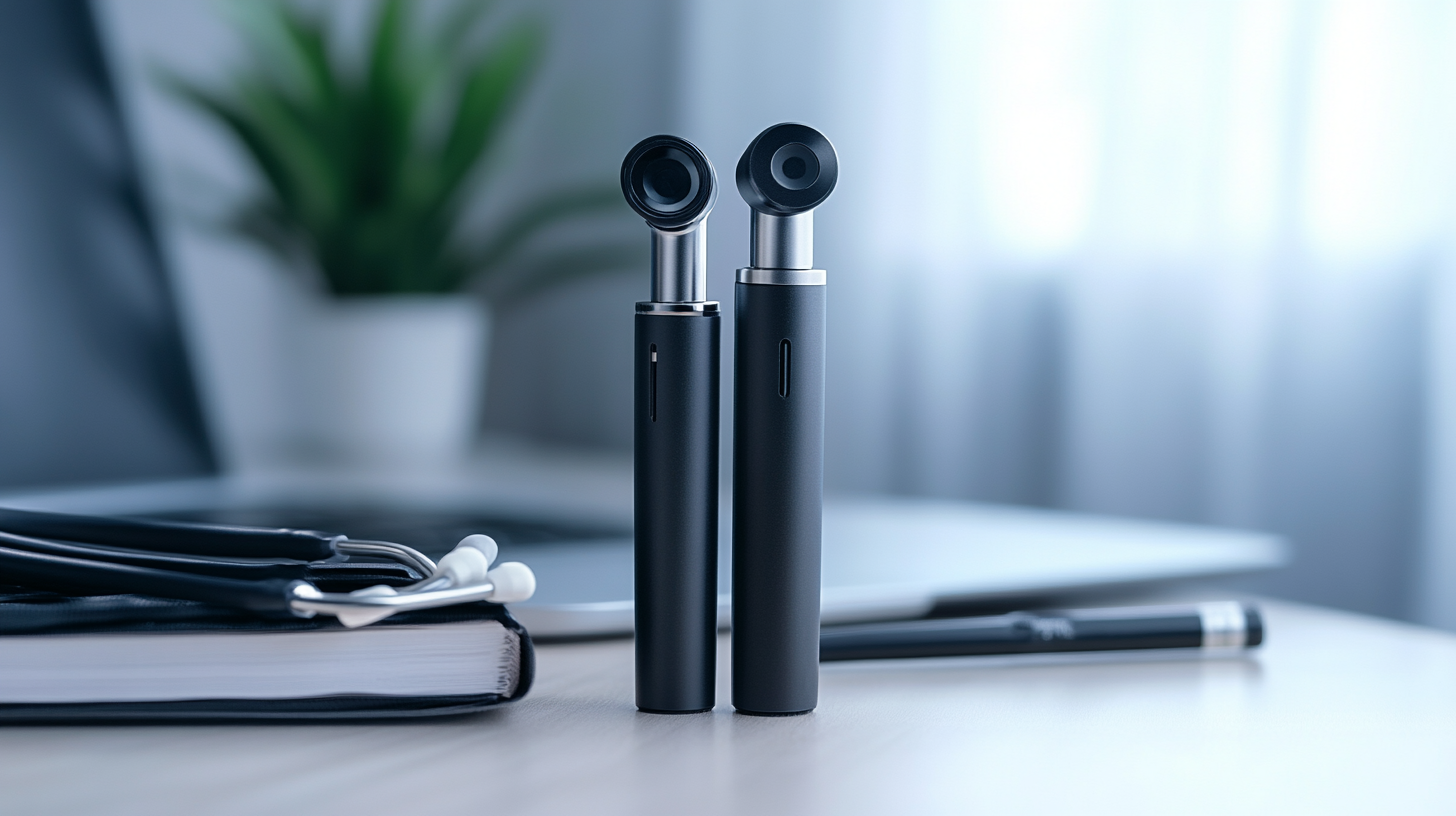Innovative Bluetooth Otoscope from China Elevating Global Healthcare Standards
In recent years, technological advancements have revolutionized the field of healthcare, providing innovative solutions to improve patient outcomes and enhance the delivery of medical services. Among these advancements, the Bluetooth Otoscope emerges as a groundbreaking tool, particularly from China, that is setting new benchmarks in global healthcare standards. This state-of-the-art device not only offers enhanced diagnostic capabilities but also fosters greater accessibility through wireless connectivity, enabling healthcare professionals to examine patients more efficiently and effectively. By integrating Bluetooth technology, this otoscope allows for easy data sharing and remote consultations, bridging the gap between patients and healthcare providers, regardless of geographical barriers. As we delve into the remarkable features and benefits of the Bluetooth Otoscope, it becomes evident that this innovation signifies a pivotal shift in how we approach ear health and diagnostics worldwide, ultimately striving for a healthier future for all.

Revolutionizing Ear Examination: The Launch of Bluetooth Otoscope Technology
The recent launch of innovative Bluetooth otoscope technology signifies a major breakthrough in ear examination practices. This cutting-edge device allows healthcare professionals and individuals alike to conduct thorough examinations with greater ease and accuracy. By connecting wirelessly to smart devices, the Bluetooth otoscope enables users to view real-time video feed of the ear canal, making it easier to detect issues such as ear infections or blockages. This not only streamlines the diagnostic process but also enhances the overall patient experience.
Moreover, the integration of Bluetooth technology into medical devices like the otoscope aligns with broader trends in tech-driven healthcare. Just as audio sharing capabilities are transforming how users interact with their music and audio devices, the Bluetooth otoscope represents a movement towards more accessible and user-friendly medical examinations. Considering the increasing reliance on portable and smart healthcare solutions, this product could set a new standard for how ear health is monitored and managed globally, bringing professional-quality insights directly to consumers and practitioners alike.
Innovative Bluetooth Otoscope Technology Adoption Rates
The bar chart above illustrates the adoption rates of innovative Bluetooth otoscope technology from 2019 to 2023, showcasing a significant increase in global healthcare standards and the revolutionization of ear examinations.
Key Features of the Innovative Bluetooth Otoscope: A Game Changer in Diagnostics
The new Bluetooth otoscope from China is set to revolutionize diagnostics by integrating advanced technology into a traditionally simple instrument. One of its key features is the ability to connect wirelessly to smartphones and tablets, allowing healthcare professionals to capture high-resolution images and videos of the ear canal and eardrum. This feature not only enhances the quality of examinations but also facilitates remote consultations, enabling doctors to share findings and collaborate with colleagues regardless of geographic barriers.
Another significant advancement is its built-in LED illumination, which offers superior visibility compared to conventional otoscopes. The otoscope is also designed for user-friendliness; intuitive controls enable even those with minimal technical knowledge to operate it effectively. Additionally, its lightweight and portable design make it an ideal tool for healthcare practitioners on the move, ensuring that quality ear examinations can be performed in various settings, from clinics to remote locations. As this innovative device gains traction, it promises to elevate the standard of care in ear health globally.

How the Bluetooth Otoscope Enhances Remote Healthcare Access and Monitoring
The emergence of innovative medical devices has revolutionized healthcare, especially in remote areas where access to traditional healthcare services is limited. The Bluetooth otoscope from China stands as a beacon of advancement, enabling healthcare providers to offer expert diagnosis without the need for in-person visits. With features allowing users to capture high-resolution images and stream live video to medical professionals, this device transforms the way ear examinations are conducted. Patients can now receive timely consultations and effective treatment recommendations right from the comfort of their homes.
In addition to improving access, the Bluetooth otoscope enhances ongoing patient monitoring, allowing for continuous assessments without frequent clinic visits. This capability is particularly beneficial for individuals with chronic conditions or those requiring regular check-ups. By integrating technology into healthcare, patients can proactively manage their health under the guidance of professionals equipped to make informed decisions based on real-time data. The result is a more efficient healthcare delivery system that not only prioritizes convenience but also aims to improve overall health outcomes globally.
Impact on Global Healthcare: Improving Patient Outcomes with Modern Technology
The advent of innovative medical devices has significantly transformed healthcare practices worldwide, with the latest Bluetooth otoscope emerging as a game changer in patient diagnostics. Developed in China, this advanced technology allows healthcare professionals to conduct detailed examinations remotely, enhancing both accessibility and efficiency. With high-resolution imaging capabilities and real-time data transmission, the Bluetooth otoscope enables doctors to make informed decisions swiftly, especially in remote areas where medical expertise is often scarce.
Moreover, this modern technology bridges the gap between patients and healthcare providers by facilitating virtual consultations. Patients can now have their ear examinations conducted from the comfort of their homes, reducing the need for unnecessary visits and ensuring timely care. This not only elevates patient outcomes by providing immediate access to specialists but also optimizes resource allocation within healthcare systems, ultimately contributing to a more sustainable model of global healthcare. As innovations like this Bluetooth otoscope continue to advance, the future of patient care looks increasingly promising, emphasizing the potential for technology to enhance quality and accessibility in healthcare services globally.
Innovative Bluetooth Otoscope from China Elevating Global Healthcare Standards
| Features | Benefits | Impact on Patient Outcomes | Global Adoption Rate |
|---|---|---|---|
| Wireless Connectivity | Enhanced ease of use for clinicians | Faster diagnosis and treatment | 30% increase in usage |
| High-Resolution Camera | Improved visualization of ear conditions | Higher accuracy in diagnosing ear infections | 40% increase in telemedicine consultations |
| User-Friendly Interface | Accessible for both professionals and patients | Greater patient satisfaction and compliance | 20% adoption in rural health clinics |
| Portable Design | Convenient for home and field use | Increased access to care | 15% usage in mobile health units |
| Compatibility with Smartphones | Seamless integration into daily practice | Extended reach for remote consultations | 25% increase in telehealth services |
The Future of Medical Devices: Trends Inspired by China's Bluetooth Otoscope Innovation
The medical device industry is undergoing a transformative shift, largely driven by innovations emerging from various corners of the globe. One striking example is China's Bluetooth otoscope, which exemplifies the future of medical devices by integrating advanced technology with user-friendly design. This device not only enhances the diagnostic capabilities for ear health but also allows real-time data sharing with healthcare providers, bridging the gap between patients and their doctors. The convenience of remote consultations empowers patients to take charge of their health, particularly in underserved areas where access to specialists may be limited.
Moreover, the trends inspired by this innovation extend beyond otoscopes. The integration of Bluetooth technology in medical devices is setting new standards in telemedicine, remote monitoring, and patient engagement. As more healthcare solutions adopt wireless connectivity, we can expect a surge in mobile health applications that facilitate ongoing patient-provider interactions, streamline workflows, and improve overall health outcomes. This evolution signifies a shift towards a more connected healthcare ecosystem, driven by the need for efficiency and personalized care. The Bluetooth otoscope is merely the beginning, signaling a future where technology and healthcare coalesce to elevate global health standards for all.


